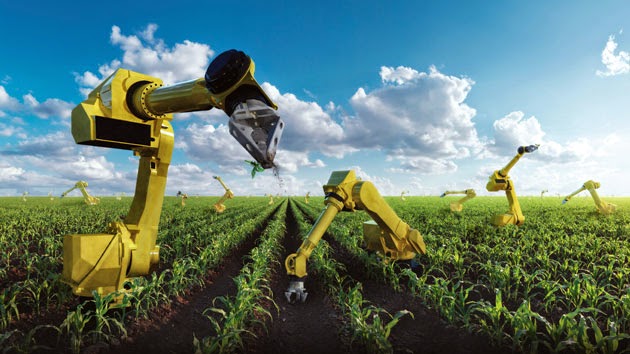by David Bass
Scientists in New Zealand are attempting to create lab-grown fruit from plant cells, without the parts that are usually thrown away like apple cores.
“Conflict, economic shocks, climate extremes and soaring fertiliser prices are combining to create a food crisis of unprecedented proportions. As many as 783 million people are unsure of where their next meal is coming from. We have a choice: act now to save lives and invest in solutions that secure food security, stability and peace for all, or see people around the world facing rising hunger.”

The team of scientists from New Zealand’s Plant & Food Research cites the reasons behind their pioneering research into lab-grown fruit: to solve food insecurity, create more sustainable agriculture and safeguard against the effects of climate change. From a wider perspective, scientists are looking at ways to feed the growing population with fewer areas to grow food.
“Here in New Zealand, we’re good at growing conventional horticultural crops, but looking into the future, there’s a lot of change coming in the world with population growth, increasing urbanisation and climate change,” said Dr. Ben Schon, the lead scientist for the Food by Design program.
The team’s research into lab-grown fruit technology could also help reduce food waste, a major source of methane emissions, as the fruits they hope to make from plant cells wouldn’t contain the parts that are normally discarded, such as the cores of apples or rinds of oranges.
If successful, the technology also has the potential to lower the carbon footprint and environmental impact of food production by growing fruit in urban areas and cutting down on transport costs of imported fruit.

A further benefit of producing cultured fruits and vegetables is the possibility of further research leading to new superfoods with the health benefits of many current fruits and vegetables combined.
The project, titled “The Plant and Food Research Programme,” focuses on a range of fruit, including apples, blueberries, peaches, nectarines, cherries and grapes. However, the scientists also make it clear that, while the project is promising, it is still in its early stages – the result of consumer-grade food is still far away.
This interesting development sits alongside the continued development of lab-grown meat in food research, which has been put forward by scientists and researchers as a more humane and sustainable alternative to livestock consumption, along with the common goal of solving food insecurity. This development is already well on the way, with the first cultivated beef patty introduced to the world in August 2013 by a team of researchers led by Mark Post of Maastricht University.

** Click here to read the full-text **










